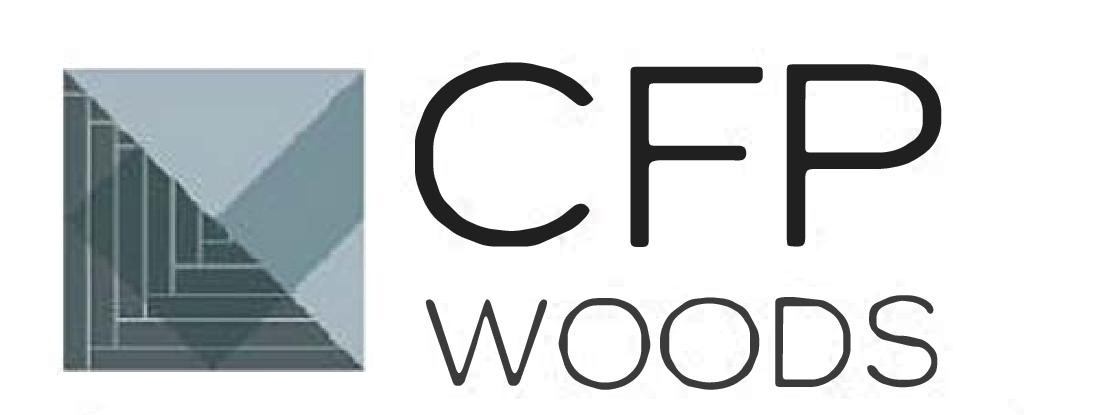Modified Wood Technologies Utilizing North American Ash Species
I have been researching to see if there are any North American standards that have been published about thermally modified wood. European manufacturers seem to have sufficient data but the data relates mainly to European species of wood. I’m researching a North American species called White Ash which is now readily used in Canada and the United States in the thermal modification process.
The Emerald Ash Borer is a forest pest native to Asia that has killed millions of Ash trees in Southwestern Ontario, and the Great Lakes States. The Ash trees have been re-purposed and being used in the thermal modification process to produce a variety of value added wood products such as decking, siding and flooring.
I have found various articles that research is actively underway here in North America but at this present time the data has not been made available to the main stream public. I spoke with Jacob Baranski from CFP Cladding & Decking in Guelph, Ontario and he indicated that there would be technical data to be shared from their company sometime in 2017. Baranski ” Its an ongoing process and data has to be collected from various sources and testing has to be done both independent of the supplier and from within and then cross referenced for its accuracy.”
Testing Methods/Results
There seems to be a variety of testing methods and for various reasons. Flame spread, or what they call a ASTM E 84 test measures flame spread on wood products. Thermally modified Ash data currently available supports that the species achieves a Class C rating when tested without the application of a fire retardant product. There also seems to be supporting data that thermally modified wood will not rot or mold. After the heat treatment, the wood contains a substantially lower amount of hemicelluloses (present along with cellulose in almost all plant cell walls). As a result of this, the amount of fungi susceptible material is significantly lower, providing one reason for thermally modified woods improved resistance to fungal decay compared with normal kiln dried wood.
Some of the more notable findings during my research was how durable and stable the North American Ash product seems to be. There were notable mentions from various end users that the Ash species expanded and contracted much less then non thermally modified hardwoods resulting in a much more stable product which has significant advantages when utilizing the wood product in a outdoor application such as decking or siding. Baranski went on to say ” we performed a water submersion test on the North American Ash to test for its acceptance of water and the woods dimensional stability after it had been thermally modified.” Lets say at this point we are very pleased with the initial results of those tests”.
Institutional Research
The last part of my research was speaking with Matthew Arco and Patrick Donahue, from the Natural Resources Research Institute in Duluth, MN. which has been testing thermal modification technology for several years. They have a small autoclave chamber were wood is thermally modified. The Institute collaborate’s with industrial and entrepreneurial partners to develop new products and processes, with an emphasis on wood-based building systems and modified wood technologies. The institute is a leader in wood products research and development, and their goal is to develop know-how with tangible, real-world applications by leading innovation with high-risk research to develop new manufacturing processes and products, and by providing both market research and market development services.
It looks like thermally modified wood and its North American suppliers are positioning themselves with a long term strategy incorporating the right testing and research initiatives. Time will tell but glad to see it seems to be taking hold as a viable alternative for a building material here in North America.

